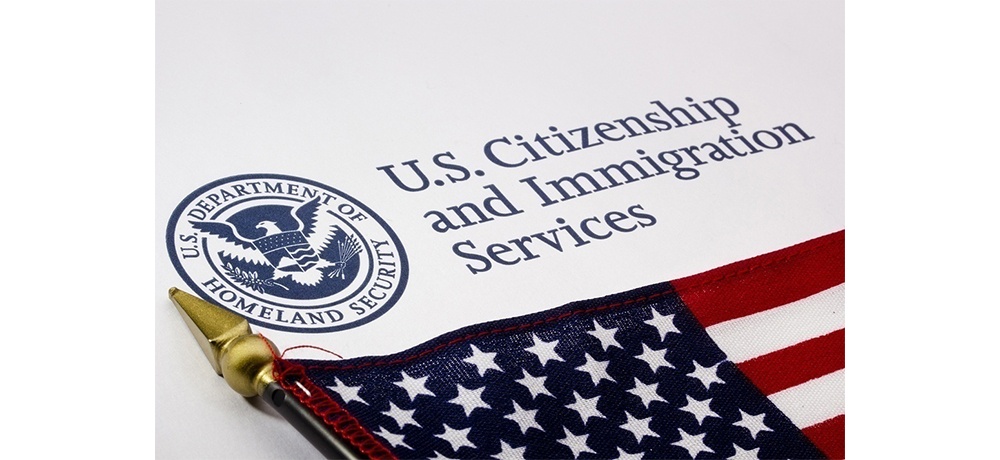
USCIS clarifies the L-1 intracompany transfer filing's "One-Year Foreign Employment Requirement" definition
Categories: Attorneys , Business Immigration , Business Law , Citizenship , Commercial Litigation , Commercial Transactions , Corporate Law , Green Cards , Immigration Law , International Law , Investment Visas , Law Firm , Lawyers , Legal Services , Real Estate , Software Agreements , Technology Law , Trusts And Estates
https://www.uscis.gov/news/alerts/uscis-clarifies-l-1-one-year-foreign-employment-requirement
Pasricha & Patel Takeaways:
USCIS has published a Policy Memorandum to clarify and explain the “one-year foreign employment requirement” for a qualifying U.S. organization that wishes to file for L-1 intracompany transfer petition to transfer an executive or manager (L-1) or a specialized knowledge worker (L-1B) from one of its qualifying foreign offices to one of its offices in the U.S.
Specifically, the USCIS clarifies that (a) the L-1 beneficiary must be physically outside the U.S. during the required one (1) year continuous year of employment (exception for brief trips to the US for business or pleasure); and (b) the petitioner and the beneficiary must meet all the other L-1 filing requirements, including the one-year-foreign-employment, at the time the petitioner files the initial L-1 petition. Also, the one-year-foreign-employment must have taken place within the three (3)-year period before the L-1 petition filing date.
USCIS states that this clarification is part of their process of reviewing all employment-based immigration programs in order to eliminate fraud and ensure consistent adjudications. This is actually the first time the USCIS has issued a clarification policy about the one-year-foreign-employment requirement, and they hope that this will help not only the USCIS adjudicators, but also the petitioner and the beneficiary when they are deciding whether to proceed with an L-1 filing or not.
With the increasing difficulties that U.S. employers face with H-1B nonimmigrant petition filings, many U.S. employers are looking to bring foreign talent to the U.S. via alternative means, such as the L-1 intracompany transfer filings. Therefore, it should be little surprise that the USCIS is taking the opportunity to remind the U.S. employer that it is reviewing all types of employment-based immigration programs closely, and that the U.S. employer must be mindful about the basic eligibility requirements before attempting such filings with the USCIS.
Should there be any further clarifications or updates regarding this and any other immigration program, our office would be sure to inform everyone. And should readers have any further questions, they are encouraged to contact our law office to schedule a consultation and discuss this further.